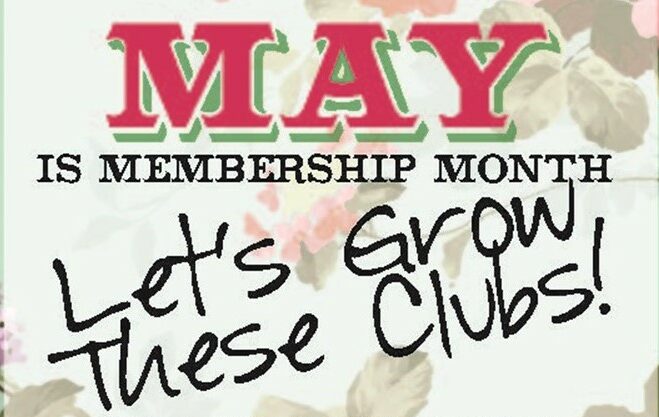Existing law generally designates air pollution control and air quality management districts with the primary responsibility for the control of air pollution from all sources other than vehicular sources. Existing law authorizes the State Air Resources Board or the air district to adopt rules and regulations to require the owner or the operator of an air pollution emission source to take any action that the state board or the air district determines to be reasonable for the determination of the amount of air pollution emissions from that source. Existing law requires the air pollution control officer to inspect, as the officer determines necessary, the monitoring devices installed in every stationary source of air contaminants located within a jurisdiction that is required to have those devices to ensure that the devices are functioning properly. Existing law authorizes the district to require reasonable fees to be paid by the operator of that source to cover the expense of the inspection and other costs related thereto. A person who violates these requirements, or any rule, regulation, permit, or order of the state board or of a district adopted pursuant to these requirements is guilty of a misdemeanor and subject to a specified fine or imprisonment, or both a fine and imprisonment, as provided. This bill would require, on or before January 1, 2027, the owner or operator of a wastewater treatment facility that is located within 1,500 feet of a residential area and has an original design capacity of 425,000,000 gallons or more per day to develop, install, operate, and maintain a wastewater treatment-related fence-line monitoring system approved by the appropriate air quality management district. The bill would require the wastewater treatment-related fence-line monitoring system to include equipment capable of measuring pollutants of concern, as provided, emitted into the atmosphere that the appropriate air quality management district deems appropriate for monitoring. The bill would provide that it does not alter the responsibility of an owner or operator of a wastewater treatment facility to not exceed limits for nitrogen oxides and volatile organic compounds emitted into the atmosphere established in existing air quality regulations, as provided, and would require source testing for these pollutants to be conducted pursuant to a protocol approved by the appropriate air quality management district. This bill would require the owner or operator of a wastewater treatment facility to collect real-time data from the wastewater treatment-related fence-line monitoring system, to maintain records of that data for at least 3 years, and to transmit that data to the appropriate air quality management district. The bill would require the air quality management district to maintain records of data from a wastewater treatment-related fence-line monitoring system for at least 3 years. In addition, the bill would require, to the extent feasible, the data generated by these systems to be provided to the public in a publicly accessible format that provides a real-time data display. This bill also would require the owner or operator of a wastewater treatment facility to be responsible for specified costs related to the wastewater treatment-related fence-line monitoring system, including all costs incurred by the air quality management district related to the wastewater treatment-related fence-line monitoring system and source testing at the wastewater treatment facility, and the costs associated with providing the required data to the air quality management district and the public. By adding to the duties of air districts and by expanding the scope of crimes, this bill would impose a state-mandated local program. The California Constitution requires the state to reimburse local agencies and school districts for certain costs mandated by the state. Statutory provisions establish procedures for making that reimbursement. This bill would provide that no reimbursement is required by this act for specified reasons. |






